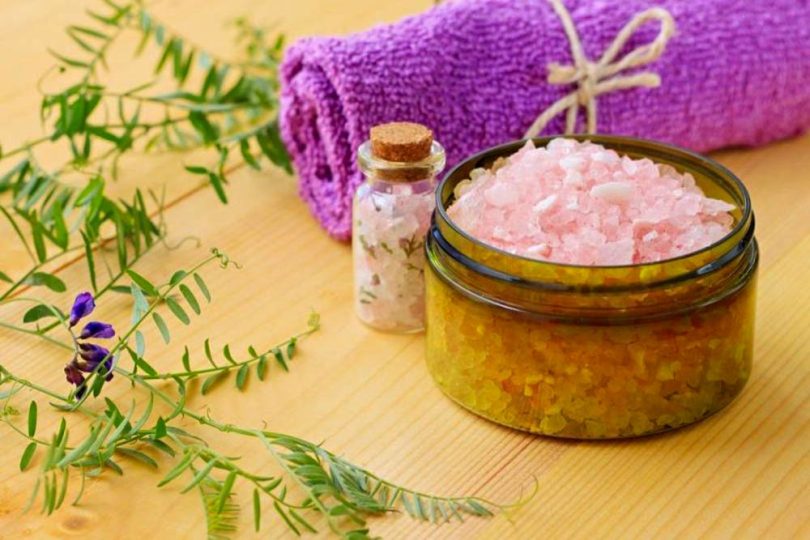Yes, it will! The salt may corrode different parts of the tub, including pumps and even pipes. In fact, it’s known to create an imbalance in the pH level of the water that speeds up the process of corrosion. As a result, you’ll have to go through some costly repairs.
Besides, if you mix epsom salt with chlorinated/brominated water, you may have severe skin irritation.
What’s more, cleaning a tub after an epsom salt session is time-consuming that requires a lot of water.
Table of Contents
Will Epsom Salt Ruin a Hot Tub?
Causes corrosion
Did you know that any sodium level more than 1500 ppm can corrode the metal and plastic parts of your hot tub? The sodium level of epsom is 20,000 ppm!
This means you’re bound to make some expensive repairs or perhaps a replacement sooner than your expectations.
Disrupts the pH balance
Epsom salt is a chemical compound (magnesium sulfate) that’s mildly alkaline in nature that impacts the pH balance of the water and reduces the performance of the sanitiser.
Mix of chlorine/bromine and magnesium may cause skin irritation
Most of the water you use is more or less chlorinated/brominated. Sadly, the chemical reaction between chlorinated/brominated water and epsom salt may cause flash burns to the skin. Sometimes, this may lead to severe skin damage.
Exceeds the Total Dissolved Solid (TDS)
If your bathtub holds 80 gallons of water, it will need two cups of epsom salt that you can drain regularly without any hassle.
On the other hand, a standard hot tub can contain 400 to 500 gallons of water and requires 10 to 12 cups of epsom salt. Draining the tub regularly won’t be easy while the salt will ruin the tub in the meantime.
The hot tub manufacturers usually recommend that you should drain the tub when the TDS reaches 1500 ppm. With 10 to 12 cups of epsom salt, you’ve exceeded the limit already!
Makes it hard to maintain the tub
Cleaning the entire hot tub along with the pipes is a tough job to perform regularly. This requires a lot of time to get done and wastes a huge amount of water in the process.
Doesn’t suit inflatable hot tubs
Inflatable hot tubs cannot survive the after-effects of using epsom salts.
It’s easier to clean inflatable spas than the regular tubs, But if you don’t remove the epsom salt fully your inflatable tub will corrode just the way a regular tub will.
Can you put Epsom salt in a jacuzzi?
No, you can’t. Your precious jacuzzi will have corrosion issues just like regular and inflatable hot tubs.
What if you still want to add epsom salt to your hot tub/jacuzzi?
If you still want to give it a try, take your time to consider these factors –
Type of water
Try to add chlorine/bromine-free water to your tub.
Amount of epsom salt
Don’t add too much salt because you know what will happen!
Thorough cleaning
Drain the salt-mixed water first and then clean the tub’s surface to remove any leftover salt. You need to pump the water and then flush to make sure your pipes are totally epsom-free!
Safe Epsom Salt Alternatives
Do not use essential oils on your hot tub as they may clog the filtration system. Instead, try aromatherapy products, elixirs, and bath bombs specially designed for hot tubs. Make sure you buy from renowned brands.
1. Aromatherapy products
They are specially formulated epsom salt crystals where a small but sufficient amount of epsom salt can be found along with vitamins, minerals, and herbs. They usually are hot tub-friendly.
2. Elixirs
Elixirs moisturize your skin with essential oils and have a gentle effect on the tub.
3. Hot tub bombs
Hot tub bombs are another safe option but remember to avoid bath bombs because they are wrapped with flower petals, glitters, and confettis that may clog up the tub.








Leave a Comment